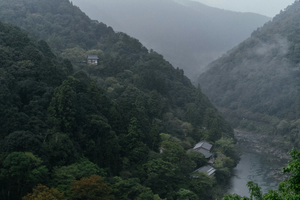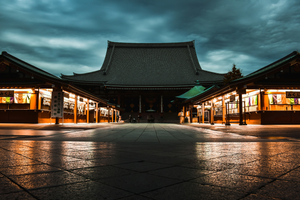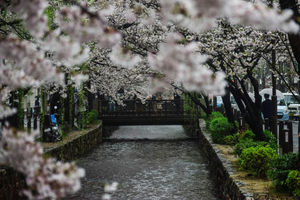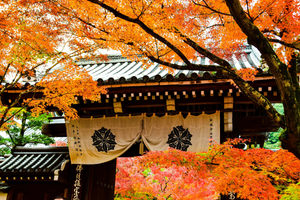Shinto Shrines and Sacred Groves: Nature's Language in Japan's Spiritual Landscapes
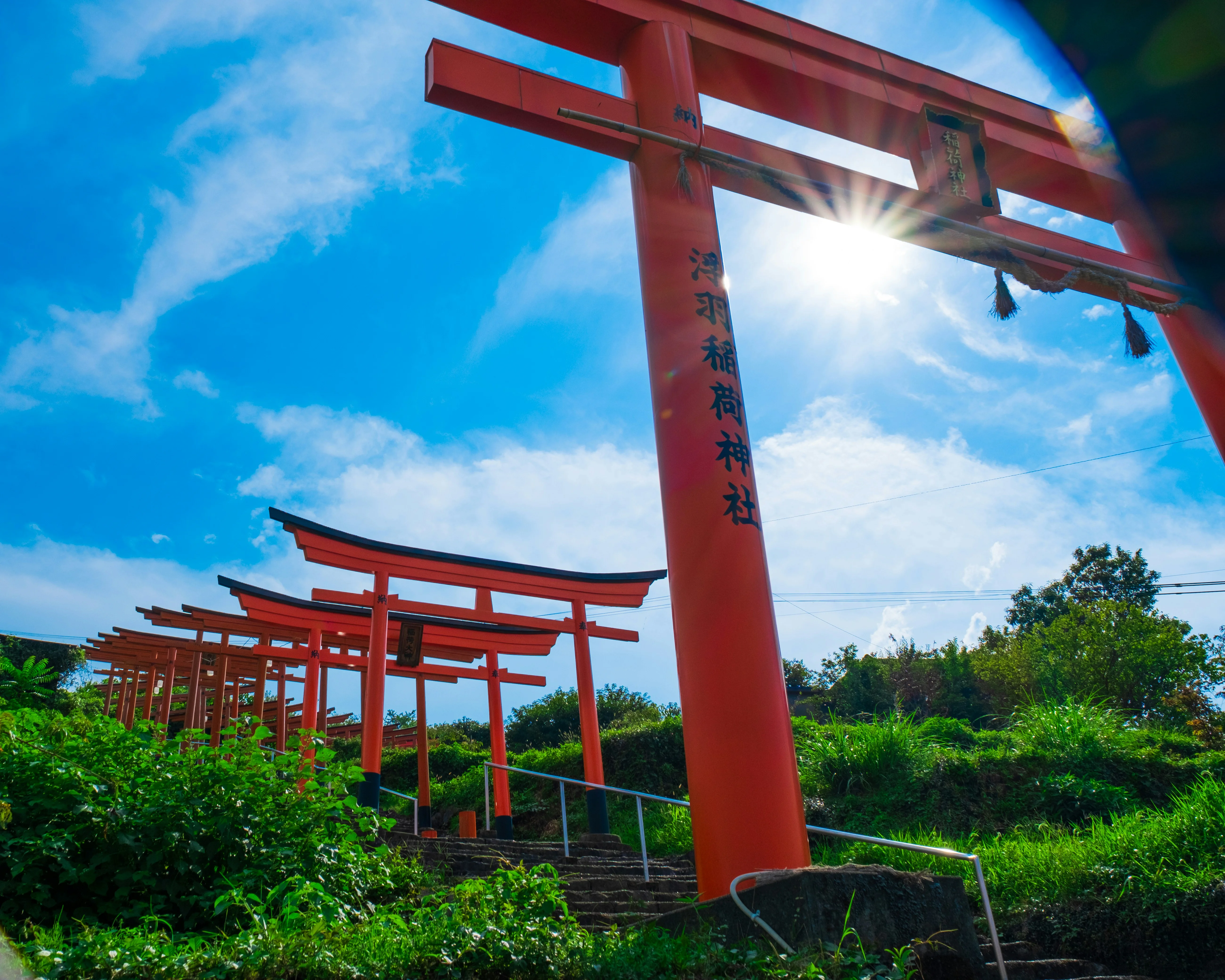
In the heart of Japan lies an enchanting world where the whispers of nature meet the echoes of spirituality. Shinto shrines and sacred groves are not just places of worship; they are living symbols of Japan's rich cultural heritage, blending the natural world with spiritual beliefs in a seamless tapestry. This unique interplay is vividly observable in the charming city of Fukuoka, where modernity coexists with ancient traditions.
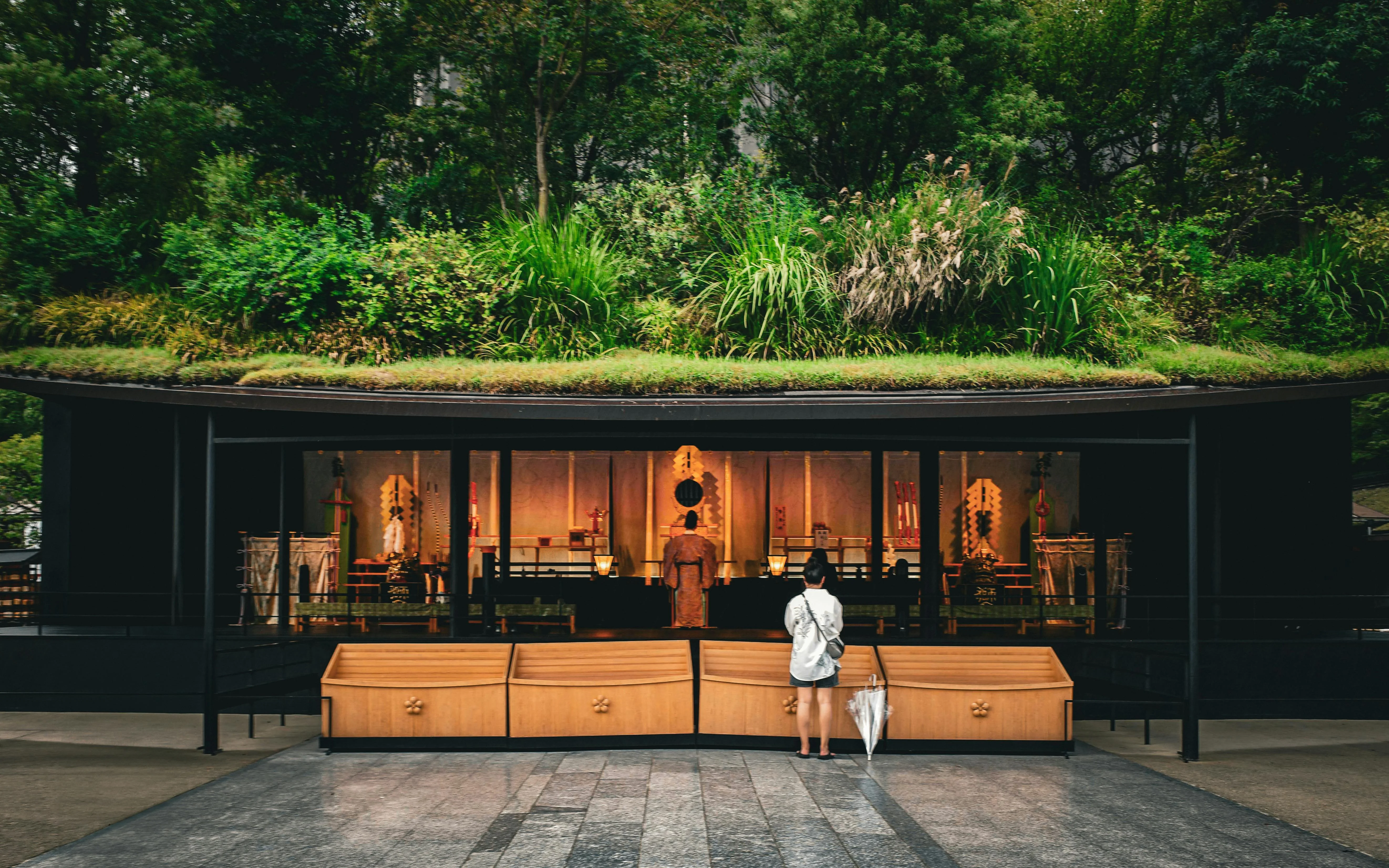
The Harmony of Nature and Spirituality
Japan's Shinto shrines are renowned for their harmonious relationship with nature. Unlike other religions, Shintoism places a profound emphasis on natural elements, believing that spirits, or "kami," inhabit every part of the landscape—be it a soaring mountain peak, a bubbling stream, or a towering tree. In Fukuoka, these shrines often blend into lush forested environments, creating a serene sanctuary where visitors can find peace amid their bustling lives.
Sacred Groves: Guardians of Divine Spirits
Central to many Shinto shrines are sacred groves, or "chinju no mori," which are considered the dwelling places of kami. These groves are meticulously preserved, with ancient trees playing a pivotal role in the spiritual landscape. For instance, the Nanzoin Temple in Fukuoka is home to sprawling woods that exude tranquility, inviting worshippers and nature lovers alike to reflect and rejuvenate their souls.
Celebrating Rituals and Festivals
Fukuoka is a cultural mosaic, and its calendar is dotted with vibrant festivals that bring Shinto beliefs to life. Among these is the Hakata Gion Yamakasa, a centuries-old festival believed to purify participants and secure blessings from the kami. As elaborately decorated floats race through the city's streets, revelers embody the spirit of Shinto rituals, illustrating the communal aspect of this ancient belief system.
Shinto ceremonies often align with the changing seasons, reflecting the natural cycles revered in Japanese culture. Visitors can witness rituals like "misogi," a purification practice involving washing in cold water, which ties deeply to the Shinto ethos of purity.
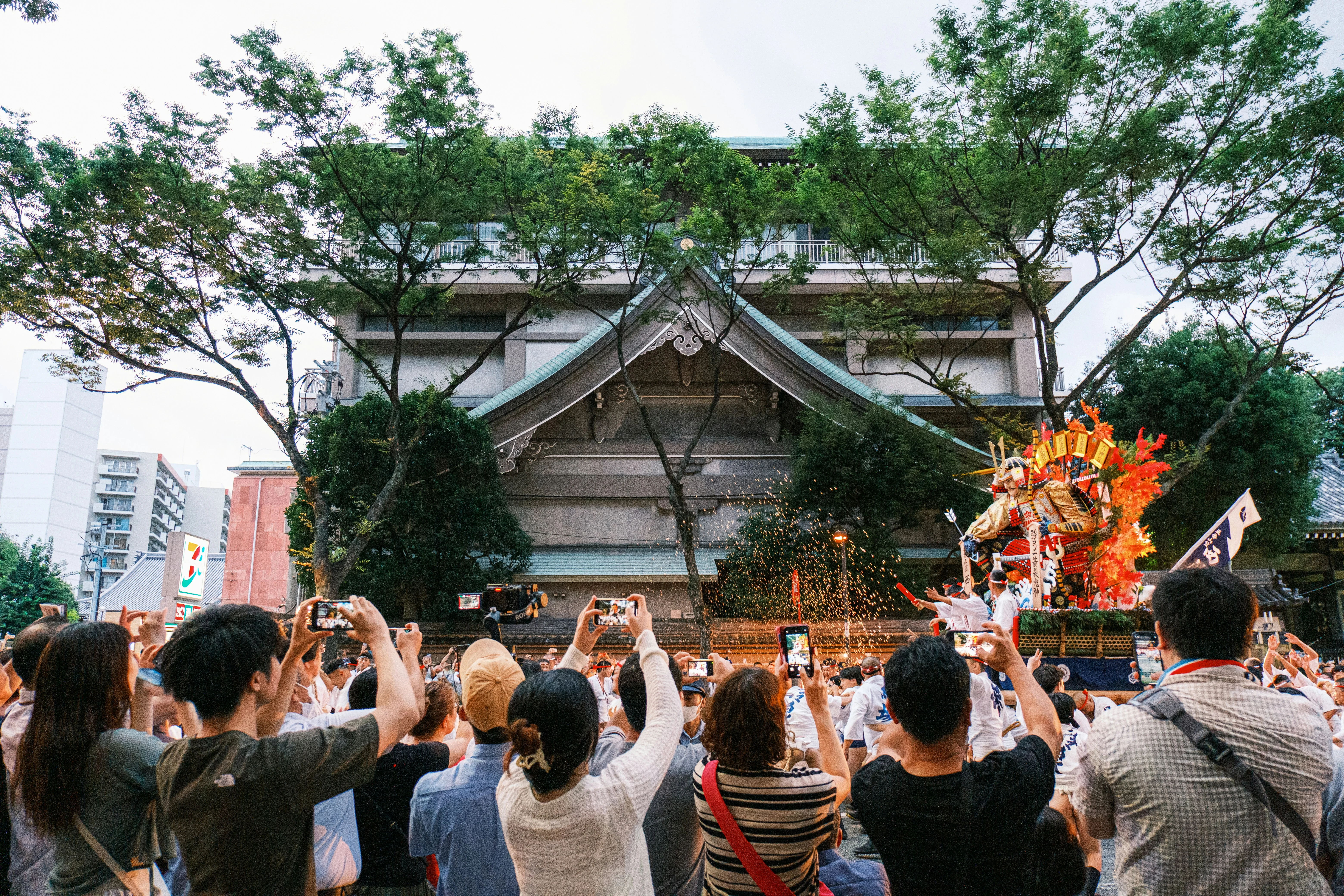
Architectural Splendor of Shinto Shrines
The architectural beauty of Shinto shrines adds another layer of appeal. In Fukuoka, the iconic Dazaifu Tenmangu shrine stands out with its classic "shinmei-zukuri" style, featuring a simple, yet aesthetically pleasing structure. Dedicated to Tenjin, the deity of learning, the shrine is surrounded by forests and streams, further emphasizing the intrinsic connection between Shinto shrines and the natural world.
The Essence of the Torii Gate
No exploration of Shinto shrines is complete without mentioning the Torii gate. These iconic structures mark the transition from the mundane to the sacred, their distinctive red hue a stark yet beautiful contrast against the verdant landscapes of Fukuoka. Each step through a torii is a step closer to divine introspection, leading visitors to the sanctum of Shinto's spiritual wisdom.
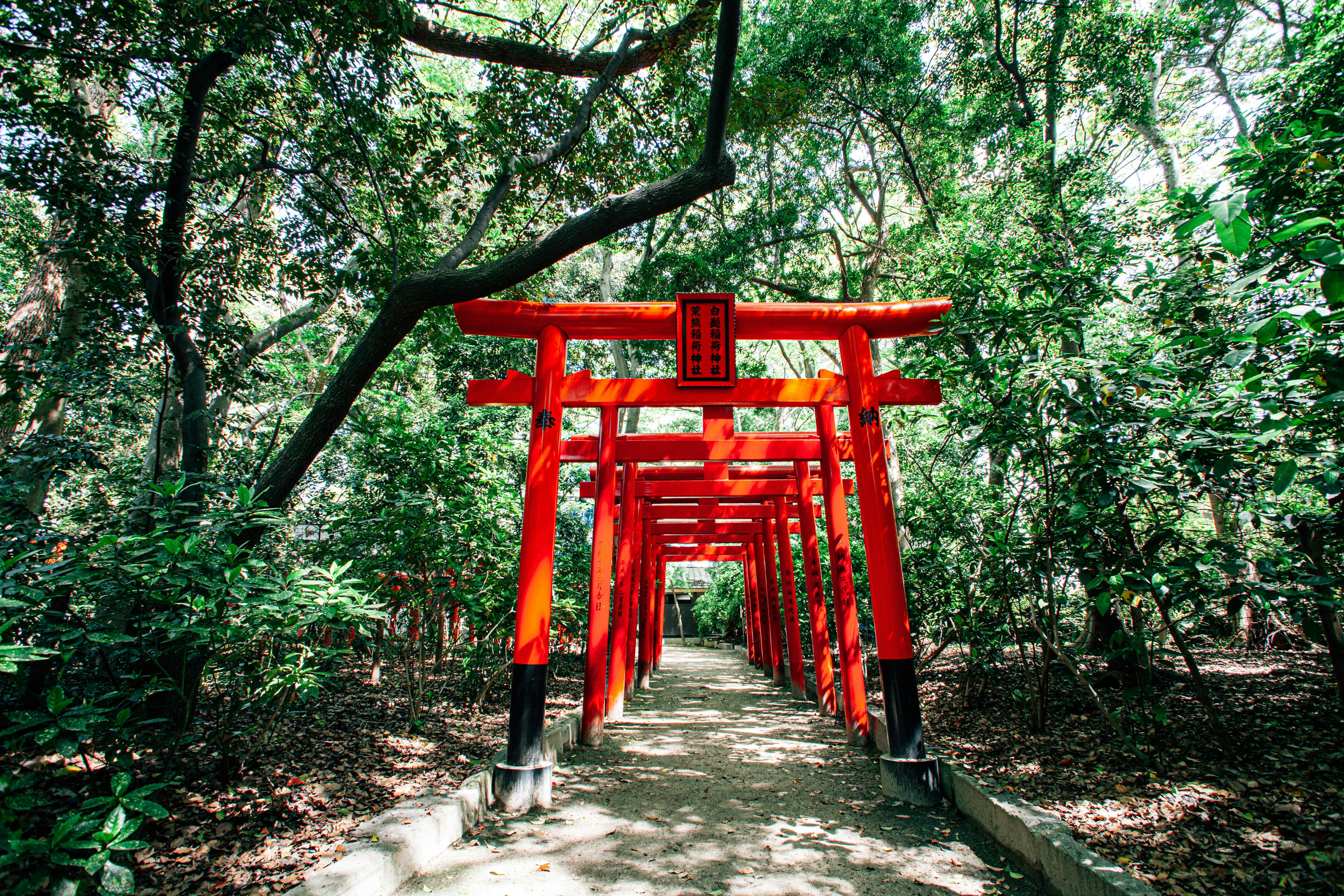
Appreciating Fukuoka's Spiritual Landscapes
For residents and visitors of Fukuoka, Shinto shrines and sacred groves offer more than a glimpse into Japan's spiritual traditions. They serve as a sanctuary where one can escape the constraints of modern life and reconnect with nature's timeless dialogue. Whether it is through attending a vibrant festival, participating in ancient rituals, or simply experiencing the serenity of a sacred grove, the spiritual landscapes of Fukuoka invite everyone to pause, reflect, and find tranquility in a world that often feels relentless.
In exploring these hallowed sites, we come to appreciate the profound reverence that Shinto shrines hold for nature, and how this unique relationship enriches the cultural fabric of Japan. Fukuoka stands as a testament to this enduring legacy, offering a timeless journey into the heart of Japan's spiritual and natural wonders.

